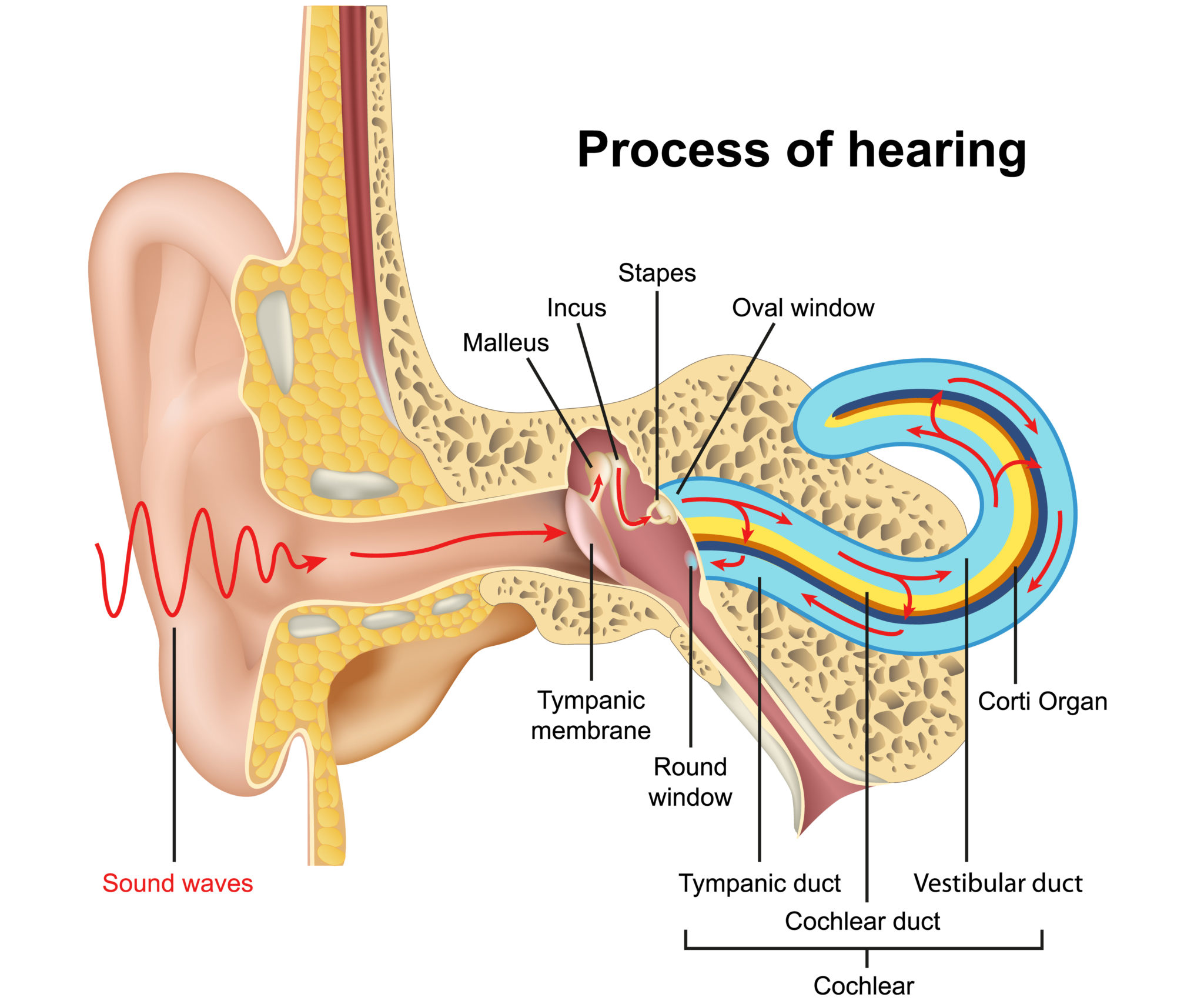The sound travels through air in the form of small pressure waves with a speed of about 343 meters per second. The sound waves have the form the water of a lake takes when someone throws a rock in the water. These waves have a frequency which is the number of waves that pass a point per second. Frequency is measured in cycles per second, which is now more commonly called hertz by the name of Heinrich Hertz (1857-1894), a pioneering scientist who worked on theories of light and electricity. The 261 Hz is middle C on the piano. One thousand cycles per second corresponds to 1 kilohertz (kHz).

The sound waves also have volume and using the previous comparison with the waves of the lake, volume is equal to the volume of the wave. In practice, it is easier to measure the pressure of the wave rather than the volume of the wave and the pressure is measured in units called pascal units (Blaise Pascal 1623-1662 was among other things a brilliant physicist and mathematician who worked on the statistics, the probability and geometry, and atmospheric pressure). One pascal unit is a rather big pressure for sound and therefore the pressure measurements are made in micropascal (MPa), which is one millionth of a pascal.
The lowest sound a healthy eighteen-year-old with no previous problems with his ears and with normal tympanic membranes can hear, has a pressure of 20 MPa. This level serves as a basis for measuring the pressure of other common sounds heard in the environment.
The range of sounds that human ear can hear is huge. The smallest detectable sound can be 20 MPa, but the sound of a jet engine, if one is nearby, reaches 20,000,000 MPa. For practical reasons these levels are recorded in decibel (dB) in honor of Alexander Graham Bell (1847-1922), teacher of the deaf and inventor of the telephone, audiometry and the gramophone, who created a handy way to express this broad range of sound pressures.